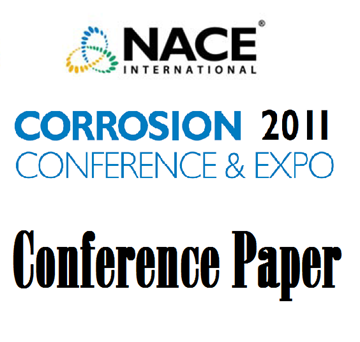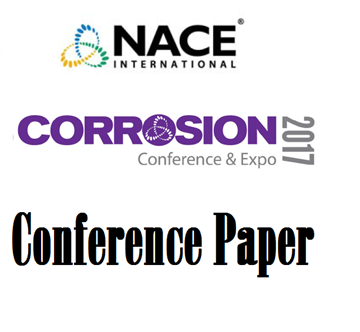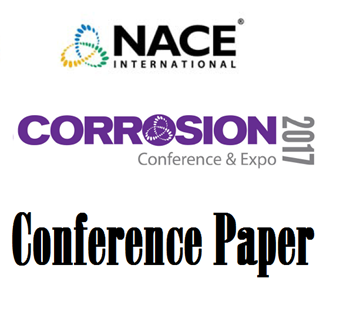Search
The Implications and Practicalities of Adopting the Dissolved H2S Concentration as the Sour Service Scalable Metric to Improve HPHT Materials Qualification Testing
Also Purchased
11112 Difficulties inthe Use of NACE MR0175/ISO 15156
Product Number:
51300-11112-SG
ISBN:
11112 2011 CP
Publication Date:
2011
$20.00
51317--9645-Sulfide Stress Cracking (SSC) Resistance of AISI 420 Modified (13Cr) Martensitic Stainless Steel Bar
Product Number:
51317--9645-SG
ISBN:
9645 2017 CP
Publication Date:
2017
$20.00
51317--9667-Additive Manufacturing for Sour Service: an Experimental Investigation
Product Number:
51317--9667-SG
ISBN:
9667 2017 CP
Publication Date:
2017
$20.00




